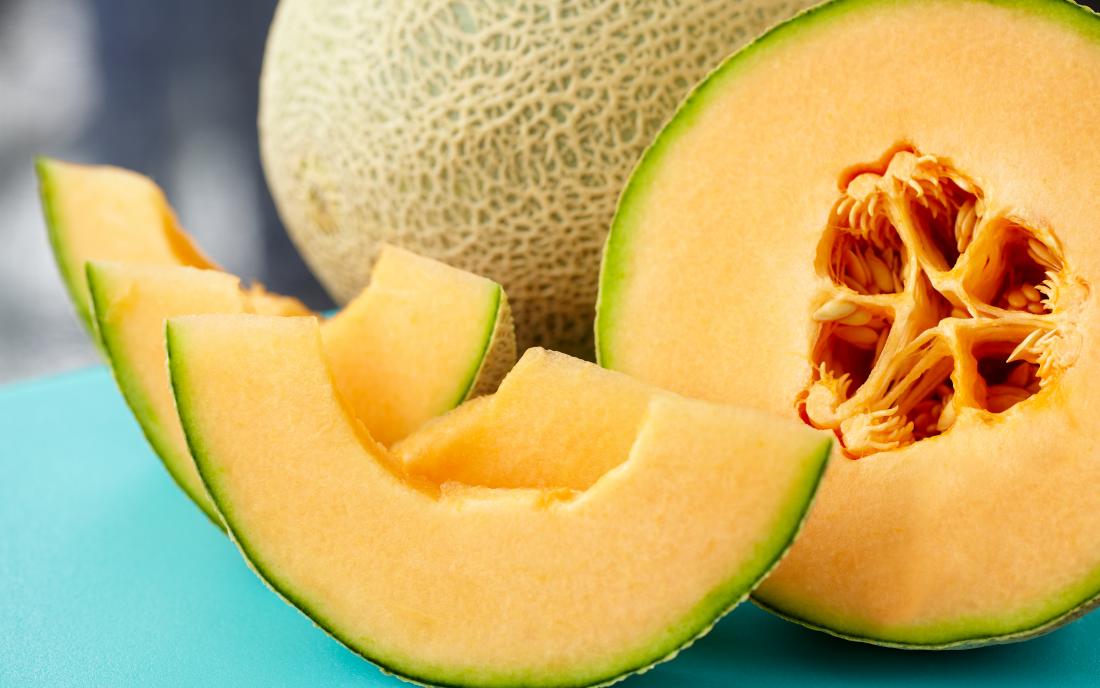
Cantaloupe, renowned for its sweet, succulent flesh and distinct aroma, is a beloved summer fruit cherished by many gardeners and food enthusiasts. The prospect of cultivating this luscious fruit within the confines of a pot might raise eyebrows, yet it’s entirely feasible with the right approach. Container gardening opens up a world of possibilities for urban dwellers, space-limited enthusiasts, and those seeking a more manageable gardening experience. In this article, we delve into the intricacies of growing cantaloupe in a pot, exploring the nuances from container selection to harvest.
Choosing the Right Container
Selecting the appropriate container lays the foundation for successful cantaloupe cultivation. Several factors warrant consideration to ensure optimal growth and development.
Size and Depth
Cantaloupe plants possess extensive root systems, necessitating containers with ample space. Opt for pots that are at least 18 inches deep to accommodate healthy root growth. Additionally, a width of 24 inches or more provides adequate room for the sprawling vines characteristic of cantaloupe.
Material and Drainage
The choice of container material influences moisture retention and temperature regulation. Porous materials like terracotta allow for better airflow and moisture evaporation, promoting root health. Conversely, plastic containers retain moisture more efficiently, requiring vigilant monitoring to prevent waterlogging. Regardless of material, ensure adequate drainage holes to prevent water stagnation, which can lead to root rot.
Mobility and Space
Consider the mobility and space constraints of your gardening area when selecting a container. Opt for lightweight materials or invest in wheeled platforms for ease of movement. Additionally, assess the available space to determine the number of containers feasible for your setup, ensuring proper spacing to prevent overcrowding and competition for resources.
Preparing the Potting Mix
The composition of the potting mix significantly impacts the growth and productivity of cantaloupe plants. Crafting a nutrient-rich medium lays the groundwork for robust growth and bountiful harvests.
Components of an Ideal Mix
An ideal potting mix strikes a balance between water retention, aeration, and nutrient availability. Incorporate the following components to create a fertile growing medium:
Soil: Begin with a high-quality potting soil or create a custom blend using equal parts garden soil, compost, and peat moss. Avoid heavy soils prone to compaction, as they impede root development and drainage.
Amendments: Enhance the potting mix with organic matter such as compost, aged manure, or worm castings to enrich soil fertility and improve nutrient availability. Additionally, consider incorporating perlite or vermiculite to improve soil structure and aeration.
Fertilizers: Supplement the potting mix with a balanced fertilizer to provide essential nutrients for plant growth. Choose a slow-release fertilizer formulated for vegetables or apply a liquid fertilizer at regular intervals throughout the growing season to sustain healthy growth.
By meticulously preparing the potting mix, you provide cantaloupe plants with the necessary foundation for vigorous growth and abundant fruit production.
Planting Cantaloupe Seeds
Once equipped with the appropriate container and potting mix, it’s time to embark on the exciting journey of planting cantaloupe seeds. Attention to timing, location, and protective measures ensures a successful start to your container-grown cantaloupe.
Timing and Location
Optimal timing is crucial when planting cantaloupe seeds, as they require warm soil temperatures for germination and vigorous growth. Wait until all danger of frost has passed and soil temperatures consistently reach 70°F (21°C) or higher before sowing seeds. Choose a sunny location for your containers, as cantaloupe plants thrive in full sunlight, receiving at least 6-8 hours of direct sunlight daily.
Sunlight Requirements
Cantaloupe plants are sun-loving crops that require ample sunlight to thrive and produce sweet, flavorful fruit. Position your containers in a location that receives full sunlight, preferably with exposure to morning sun and protection from intense afternoon heat. Adequate sunlight promotes photosynthesis, ensuring robust growth and development throughout the growing season.
Temperature Considerations
Sensitive to cold temperatures, cantaloupe plants require warm soil and ambient temperatures to thrive. Wait until all danger of frost has passed and soil temperatures consistently reach 70°F (21°C) or higher before transplanting seedlings outdoors. Additionally, monitor nighttime temperatures to prevent cold stress, which can stunt growth and delay fruit production. Consider using season-extending techniques such as row covers or cloches to protect young plants from unexpected temperature fluctuations.
Protecting from Pests and Diseases
Cantaloupe plants are susceptible to various pests and diseases that can compromise plant health and reduce yields. Implement preventive measures such as crop rotation, proper spacing, and sanitation to minimize the risk of infestation and disease development. Additionally, monitor plants regularly for signs of pest activity or disease symptoms, intervening promptly with organic pest control methods or disease management strategies as needed.
By adhering to optimal planting practices and implementing protective measures, you set the stage for a successful cantaloupe harvest, reaping the rewards of your container gardening endeavors.
In conclusion, while the prospect of growing cantaloupe in a pot may initially seem daunting, it is indeed a feasible and rewarding endeavor with careful planning and execution. Container gardening offers a versatile solution for urban gardeners, space-limited enthusiasts, and anyone seeking a more manageable approach to growing their own food. By selecting the right container, preparing a nutrient-rich potting mix, and adhering to optimal planting practices, you can set the stage for successful cantaloupe cultivation.
Throughout the growing season, diligent care and maintenance are paramount to ensuring healthy plant growth and bountiful harvests. From watering and feeding to pruning and pest management, attentive stewardship of your container-grown cantaloupe plants will yield sweet rewards in due time.
As your cantaloupes reach peak ripeness, the culmination of your efforts is met with the joy of harvest and the satisfaction of enjoying homegrown produce at its freshest. Whether consumed fresh or incorporated into culinary creations, the sweet, succulent flesh of homegrown cantaloupe is a testament to the possibilities of container gardening.
In embracing the challenge of growing cantaloupe in a pot, you embark on a journey of discovery and cultivation, enriching your gardening experience and savoring the fruits of your labor. So, roll up your sleeves, select your containers, and get ready to enjoy the delights of homegrown cantaloupe, nurtured with care and harvested with pride. Happy gardening!


